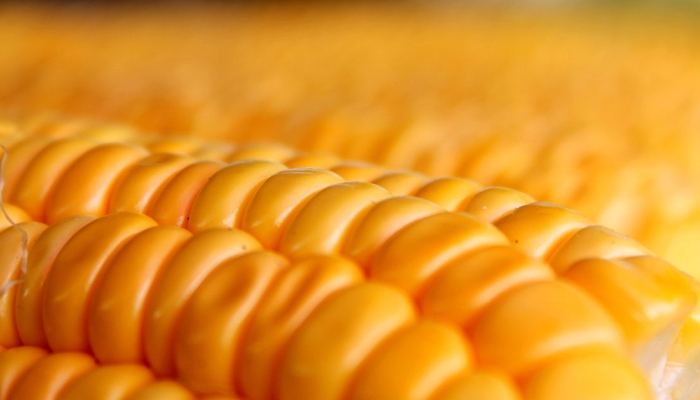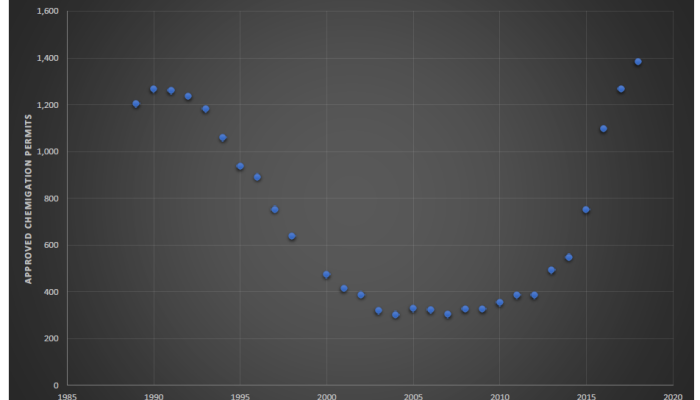Chemigation: Apply for a Permit to Increase Fertilizer Efficiency
By Kyle Yrkoski, Water Resources Technician-UBBNRD
Chemigation, sometimes called fertigation, uses a center pivot or subsurface drip irrigation system to apply fertilizer and/or pesticides to growing crops.
Chemigation is an environmentally friendly method to apply your fertilizer and pesticide to your growing crops by spoon-feeding the plant’s nutrient needs based on the yield goal and growth stage of the crop. It also saves time and labor by not having to go over a field multiple times for equipment applications. If you apply all your fertilizer before plants are growing, you risk leaching the fertilizer below the plants rootzone with high spring rainfall events. You also risk the costs associated with natural disasters, such as a hail event, that destroys the crop leaving the applied nitrogen left in the soil with nothing growing to use it, risking leaching below the rootzone and eventually into the aquifer.
Visiting with growers that use chemigation in their operations they have all noticed an increase in crop yields. A lot of growers especially like having another “tool” in their toolbox in case midseason tissue samples show that they are lacking a certain nutrient, or they develop a pest problem.
Another observation I’ve noticed on chemigation permits is that in past years growers would typically only apply 30# of nitrogen at tassel stage for corn, now they are applying most of the plant’s nitrogen requirements in split applications throughout the growing season.
In recent years the District has noticed a sharp increase in the number of chemigation permits as shown in the chart below. Chemigation is a good tool to improve nitrogen application efficiency, resulting in increased yields and less negative impacts to the environment. To apply for a chemigation permit, please call the office at 402-362-6601.



